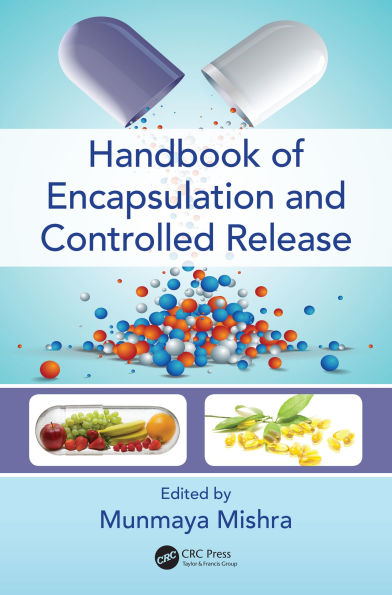The field of encapsulation, especially microencapsulation, is a rapidly growing area of research and product development. The Handbook of Encapsulation and Controlled Release covers the entire field, presenting the fundamental processes involved and exploring how to use those processes for different applications in industry. Written at a level comp
1127881821
Handbook of Encapsulation and Controlled Release
The field of encapsulation, especially microencapsulation, is a rapidly growing area of research and product development. The Handbook of Encapsulation and Controlled Release covers the entire field, presenting the fundamental processes involved and exploring how to use those processes for different applications in industry. Written at a level comp
575.0
In Stock
5
1

Handbook of Encapsulation and Controlled Release
1544
Handbook of Encapsulation and Controlled Release
1544Related collections and offers
575.0
In Stock

Product Details
| ISBN-13: | 9781040076187 |
|---|---|
| Publisher: | CRC Press |
| Publication date: | 12/01/2015 |
| Series: | Encapsulation and Controlled Release |
| Sold by: | Barnes & Noble |
| Format: | eBook |
| Pages: | 1544 |
| File size: | 62 MB |
| Note: | This product may take a few minutes to download. |
About the Author
From the B&N Reads Blog
